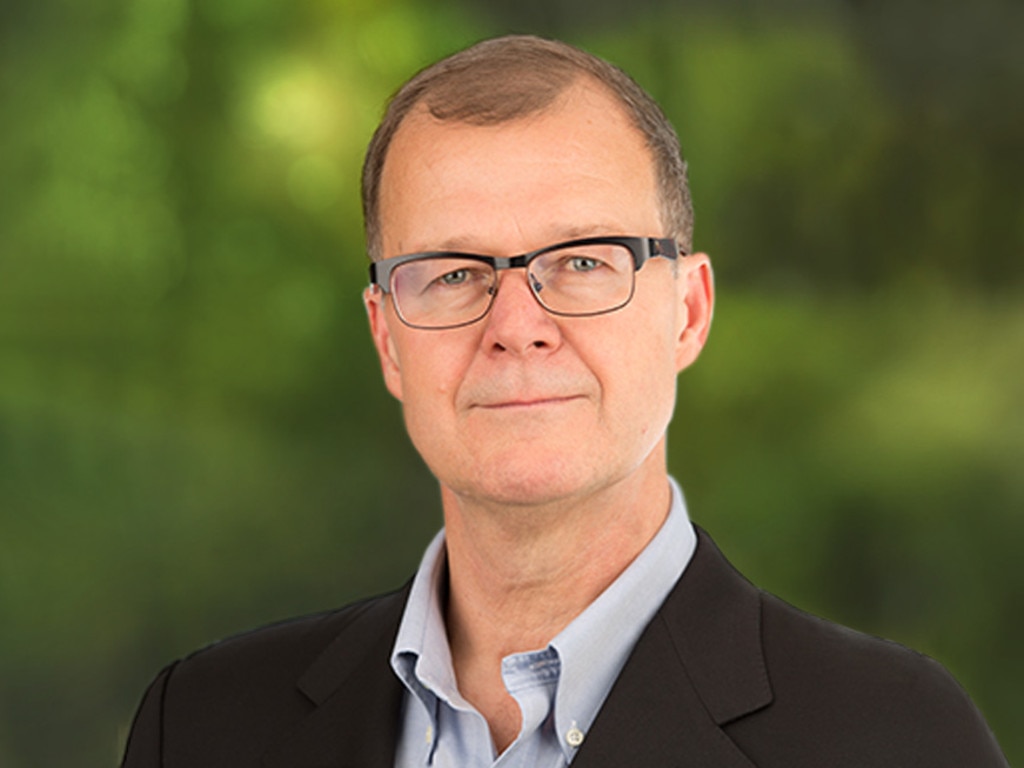Pandemic push: Needles aren’t a patch on the latest vaccine technology
In a cavernous former undercover car park close to Brisbane Airport, David Hoey is preparing for the next global pandemic with a hi-tech printing machine.

In a cavernous former undercover car park close to Brisbane Airport, David Hoey is preparing for the next pandemic with a hi-tech printing machine.
The boss of biotech firm Vaxxas envisages the next serious global health crisis will not be fought with needles and liquid vaccines. Instead, computer-printed patches will be applied to the skin and manufactured in the tens of thousands at Vaxxas’s new state-of-the-art production hub in Brisbane.
The development of vaccine patches – which are cheaper, more effective at delivering vaccines into the body and able to be transported long distances without refrigeration – has continued apace following the Covid-19 pandemic.
Vaxxas, which developed out of research at the University of Queensland more than a decade ago, is currently in the middle of clinical trials for a seasonal influenza vaccine.
Mr Hoey said that if all went to plan, commercial production of patches suitable for a range of vaccine treatments would begin in 2027.
Mr Hoey, who left Brisbane as young man to forge a biotech career in Boston, said that after starting with a team of six in 2011, Vaxxas now employed 140 people.
Vaxxas is part of a growing biohealth ecosystem in Brisbane driven by research coming out of institutions such as the University of Queensland and the Translational Research Institute (TRI) at Princess Alexandra Hospital.
“It has been a real step change going from pure research to scaling the technology – essentially from rodents to getting ready to use it on people,” said Mr Hoey as he inspected a series of clean rooms and laboratories that form the heart of Vaxxas HQ.

He paid tribute to the University of Queensland and the late philanthropist Chuck Feeney who ensured the technology stayed in Queensland.
“This technology would have come out of the University of Queensland and either gone overseas or to the southern states,” Mr Hoey said.
“We needed to get access to infrastructure provided by places like the TRI – otherwise it would have been lost.”
He said Queensland’s growing interest in biotech would pay dividends in the years ahead.
“We are a tiny part of it, but the more companies like us that feed into the industry the better because it has a snowballing effect,” Mr Hoey said.
“Even as a baby company we’ve invested $100m into the Queensland economy.”
Mr Hoey said investment in education remained the key to innovation in the biotech sector.
“I live in Boston and we have MIT and Harvard, which are powerhouses,” he said.
Boston is considered the world’s leading biotech hub with Sanofi, Pfizer, Novartis and Vertex all having major operations there.
“When we have trade groups coming through Boston from Australia, they all ask how we recreate this in Australia,” he said. “I say you have to invest heavily in education and wait 100 years.
“The University of Queensland on a global scale is a very large university and it’s a technology powerhouse.
“Queensland is riding a wave where there are all sorts of revolutions going on in biotech and medtech, including sequencing and advanced detection.”
Mr Hoey said Vaxxas was at least five years ahead of competitors looking at similar patch technology, giving it a first mover advantage as it steered towards commercial production.
“We have done multiple clinical studies with hundreds of people and we are confident the immunology is going to work,” he said.
“We have space out back for automated machines that will be capable of producing tens of thousands of patches a day.”
He said ultimately the 20c piece size patches could be easily shipped to developing countries without the need for refrigeration.
“In a pandemic, the last thing you want is everyone going to a common place for a needle,” he said.
Looking through a microscope, the Vaxxas patch appears like a pin cushion of needle shaped protrusions. “It looks like sandpaper and there are thousands of these projections a third of a millimetre long,” Mr Hoey said.
“When you push the button the top of the patch it goes in just under the skin. One of the neat things is that the immune cells in the skin are 10,000 times denser than elsewhere in the body. These immune cells are just under the skin so you get a much faster immune response and you can use less vaccine.”







To join the conversation, please log in. Don't have an account? Register
Join the conversation, you are commenting as Logout